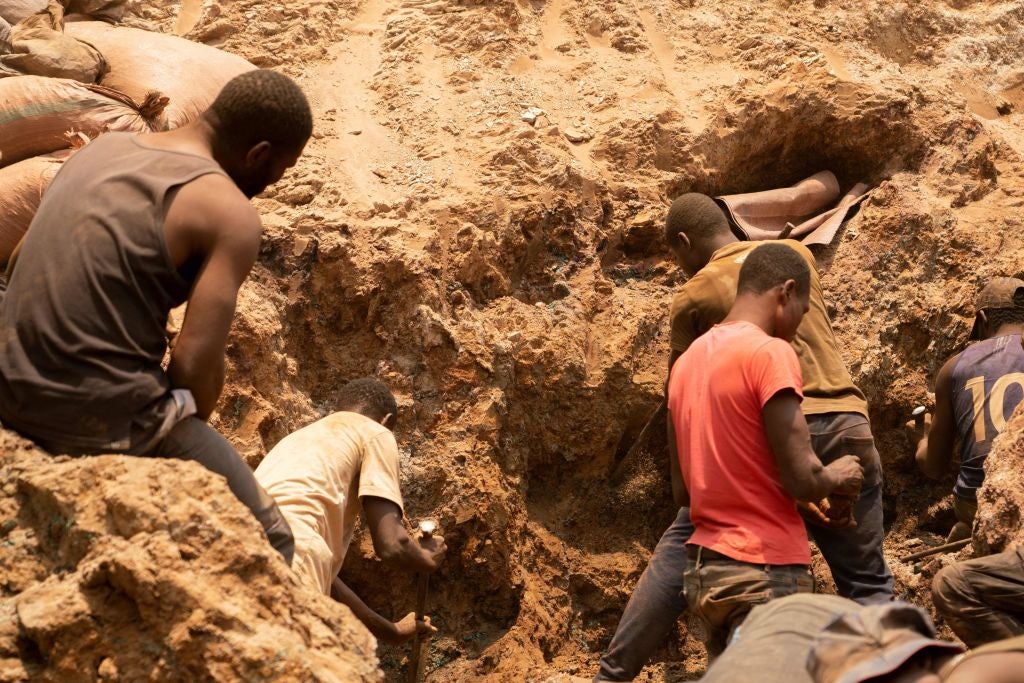
Three-quarters of physical attacks recorded against human rights defenders during the period January 2015 to March 2023 were against climate, land and environmental defenders. That is the finding of new data collated and analysed by the Business & Human Rights Resource Centre, a leading human rights NGO.
According to the NGO, these figures are “just the tip of the iceberg”, as its data collection relies on publicly available information. Other data from the analysis shows that around a quarter (23%) of attacks were against indigenous people – even though they represent 5–6% of the global population – and that mining is the most dangerous sector for human rights defenders, with nearly 30% of attacks.

Discover B2B Marketing That Performs
Combine business intelligence and editorial excellence to reach engaged professionals across 36 leading media platforms.
There is an uneasy paradox here. The mining industry can be devastating to the natural environment, and individuals trying to defend their land are being attacked by national security forces as well as private corporations. At the same time, the minerals that mining produces are vital for the clean energy transition, and that energy transition is in turn vital if we are to protect the climate and environment humans depend on to survive.
A separate tracker from the Business & Human Rights Resource Centre monitors how the race for critical minerals such as cobalt, copper, lithium, manganese, nickel and zinc is resulting in human rights abuses. Designed to guide environmental, social and governance investors in their stewardship activities, it shows how mining activities in the critical minerals space are creating risks for local communities, environments, workers and conflict zones, among other areas.
According to the analysts behind the tracker, the research demonstrates how “mining companies’ human rights due diligence is not keeping pace with expanding exploration, increasing the risk that the [energy] transition fuels further abuse in this already troubled sector”.
The tracker identifies 495 allegations of human rights abuses in the critical minerals industry between 2010 and 2021. Two-thirds of recorded allegations involve just 12 companies, with Swiss mining giant Glencore taking the top spot, with 64 allegations.

US Tariffs are shifting - will you react or anticipate?
Don’t let policy changes catch you off guard. Stay proactive with real-time data and expert analysis.
By GlobalDataOf the six minerals analysed, copper is the most dangerous, with some 370 human rights allegations recorded over the period 2010–21.
This outcome reflects the fact that copper has the highest demand of the base metals analysed. However, it also reflects the fact that a significant share of the world’s copper extraction takes place in Africa, a region where many countries have a poor human rights record. Zambia and the Democratic Republic of Congo (DRC) are both top ten copper producers.
According to the tracker, 52 human rights allegations occurred in the DRC and 22 in Zambia from 2010–21.
The allegations recorded cover everything from water pollution (87 instances), tax avoidance (26), underpaid wages (13) and abuses by private security (13).
They also include allegations of direct violence, including intimidations and threats (47), beatings and violence (38), and killings (27).
Overall, the data also shows how the number of human rights allegations made is increasing over time. In 2010, there were 11 recorded allegations; in 2021, the figure was 61.





